Margaux is a charming village and is accessible by rail (about 40 minutes from Bordeaux). Some of the chateaux are located in the village, which makes it easy for tastings if you don’t have a car.
There are two friendly wine shops in the village, both with an extensive range of Bordeaux. Both were willing to provide samples, and I purchased a bottle of the first wine of Prieure Lichine, a Margaux fourth growth, after tasting its 2018 in La Cave d’Ulysse, which is also well stocked with champagne and burgundy.
I counted three restaurants in the village and, surprisingly, all three were open (although the wine tourist office was closed). I had lunch at Restaurant le Wine Bar Margaux. The menu du jour was excellent value, the food great quality, and the wine list was decent, offering a similar selection to Bar a Vin in Bordeaux (mentioned in part one here).
I had a white wine called La Cygne (2022), from Chateau Fonreaud in the Listrac-Medoc AOC. A blend of sauvignon blanc, semillon and muscadelle, it’s barrel-fermented and then aged on lees.
The oak influence came through on the palate with some sweet spice as well as fresh lemon. Nicely textured. Only 9.50 euros for the glass, which is good value for on-trade (the 2021 retails for £25 at Fareham Wine Cellar and the 2022 at £32 in Hedonism, the latter price a bit steep).
I then had the 2012 Le Relais de Durfort Vivens, the second wine from the Margaux second growth. It was firmly in the tertiary phase, with cooked plum and blackberry as well as dried fruit. Quite full-on and excellent concentration for the eight euros it cost for a glass.
Chateau Ferriere
Before lunch I had a well-organised tour and tasting at Chateau Ferriere, a Margaux third growth located in the village. At just 24 hectares it’s one of the smallest chateaux on the 1855 classification and produces about 70,000 bottles a year.
It is owned by Claire Villars-Lurton, who transformed the production process after taking over at the helm. The chateau gained organic certification in 2015 and biodynamic certification (Demeter and Biodyvin) in 2018. It uses traditional biodynamic ‘preparations’, such as horn manure in the vineyard and nearly all the maceration and fermentation takes place in concrete vessels rather than stainless steel.
If you thought the Medoc is still an orange-free zone then you’d be wrong, as Chateau Ferriere now produces an orange wine called Inspiration. A blend of Piwi varieties (which have a high resistance to fungal diseases) souvignier gris and muscaris, together with chenin blanc, it is macerated for three weeks in amphorae and no sulphur is added.
Since the 2018 vintage 20 per cent of the first wine is aged in amphora, 40 per cent in new oak and 40 per cent in one-year-old barrels. The blend is largely made up of cabernet sauvignon, with approximately 25 per cent of merlot (depending on the year), with petit verdot and cabernet franc making up the blend.
The 2024 harvest was put back by about two weeks. The estate had planned to pick during the third week in September, but owing to ripeness issues they decided to wait. It’s been a problematic year.
A flight of Ferriere’s first wines (with notes):
2018 Still young. Concentrated black fruit, liquorice and eucalyptus. Tannins fine-grained. Not ready to drink yet – give it a few years. Retails for about £40 a bottle.
2009 Medium-bodied and relatively light. Blackcurrant fruit, some liquorice. Long finish with herbs, cedar, blackcurrant and blackberry. Tannins still very evident and the wine has the structure to age further.
2005 Earthy, tobacco and forest floor on nose and palate. Long finish with delicate flavours. Tannins velvety and well-structured. Broad mouthfeel while at the same time demonstrating elegance. My favourite of the flight. Somewhat surprisingly Ocado stocks this for £76.
2000 Almost entirely tertiary characteristics. Dried fruit and dried plums, spicy and peppery.
1995 Tobacco and game. Getting to the stage when it’s wise to drink up. Probably only a couple of years left.
Overall the style was elegance over power, which is perhaps characteristic of Margaux wine, but it very much depends on the producer.
Chateau Lynch-Bages
If Margaux was charming then Pauillac was drab, even allowing for the fact it was raining on the day I visited. The main drag, adjacent to the Gironde estuary, could do with a makeover and there didn’t appear to be many signs of life anywhere.
The Cazes family owned Chateau Lynch-Bages, on the other hand, has an impressive set-up and its wine punches above its fifth growth weight. Its 2023 vintage first wine retails for around £430 for a case of six in bond (excluding tax duty), which is more in keeping with a second growth.
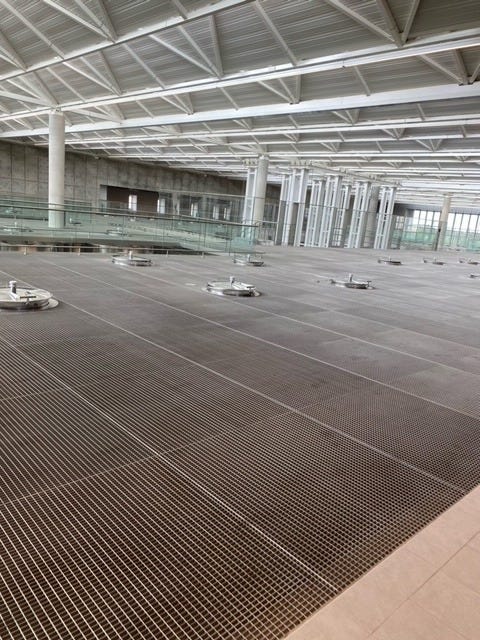
The modern winery is huge and hi-tech, with gravity flow enabling the harvested grapes from the estate’s 107 hectares to move from reception to one of 80 isothermal steel vats for crushing and vinification. Six 100-hectolitre tanks linked to the barrel cellar ensure that racking can be completed smoothly, with nitrogen used during the transfer process to avoid oxidation.
I tasted three wines, including one from Lynch-Bages’ sister chateau, the Saint-Estephe-based Ormes de Pez.
Chateau Ormes de Pez 2015 (Saint Estephe)
49% merlot with 44% cabernet sauvignon, the remainder of the blend made up of cabernet franc and petit verdot. I was getting a fair bit of red fruit (red plum) with some herbaceousness coming through from the cabernet sauvignon. Tannin quite silky. Retails for about £50.
Echo de Lynch-Bages 2016
The chateau’s second wine and I preferred this to the Ormes de Pez. 73% cabernet sauvignon and 27% merlot. Nose a bit muted but well-defined blackcurrant. Powerful on the palate with excellent mouthfeel – some earthiness coming through. Tannins fine-grained and well-structured. Retails for about £60.
Chateau Lynch-Bages 2014
69% cabernet sauvignon, 26% merlot, the rest of the blend made up of cabernet franc and petit verdot. Maturation in 75% new oak. Terrific stuff – Sweet spice, clover, cedar, menthol, liquorice, black fruit, red cherry and violet. Very high and structured fine-grained tannins. No rush to drink this – in fact will benefit from ageing to allow the tannins to calm down. Retails for about £100.
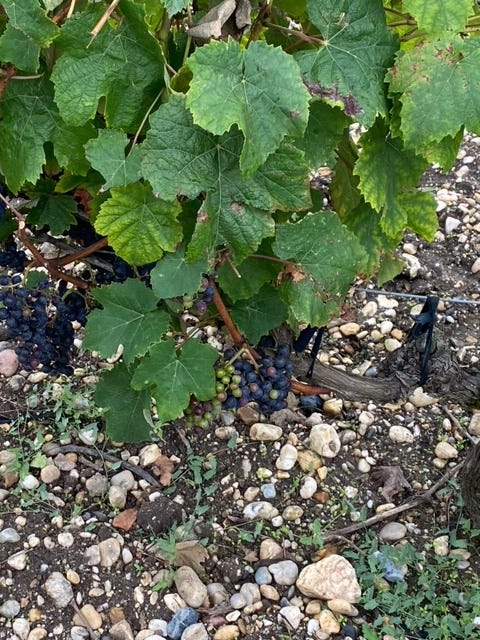
Flight 32
Domaine Mader pinot noir 2023, Alsace (eight euros a glass)
I had this in a wine bar in Paris called Pepites Caviste in Saint-Germain-des-Pres. A wine with good character – herbal and sour cherry. Tannins a bit chalky but in good harmony with the flavour profile. Also a bit funky.
Champagne Boizel Joyau de France 2008 (purchased en primeur from the Wine Society)
From a great vintage. There’s no rush to drink this, with the high acidity capable of ensuring this will age for another seven or eight years. Extra-brut, 60% pinot npir, 40% chardonnay. Not disgorged until 2021, and a lot of autolytic influence – lemon meringue, raspberry pavlova, almond croissant with also a citrusy influence. Delicious.
Domaine des Mailloches Bourgueil 2022 (£18.50 The Sampler)
Good example of flavours associated with Loire Valley cabernet franc (red and black fruit, pepper and blackcurrant leaf), but lacks a bit of structure on the palate. Easy drinking though.





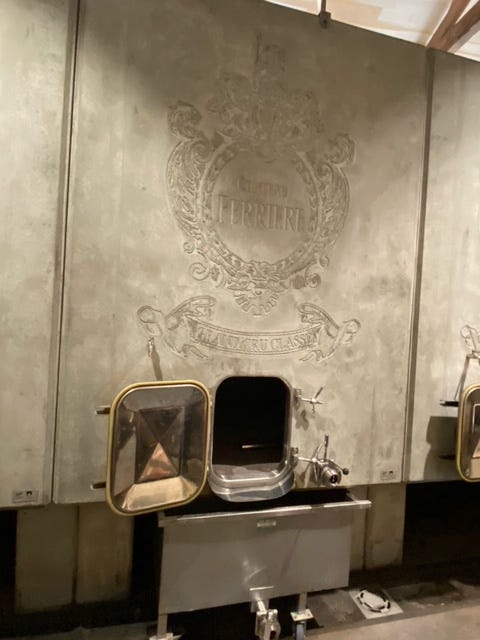
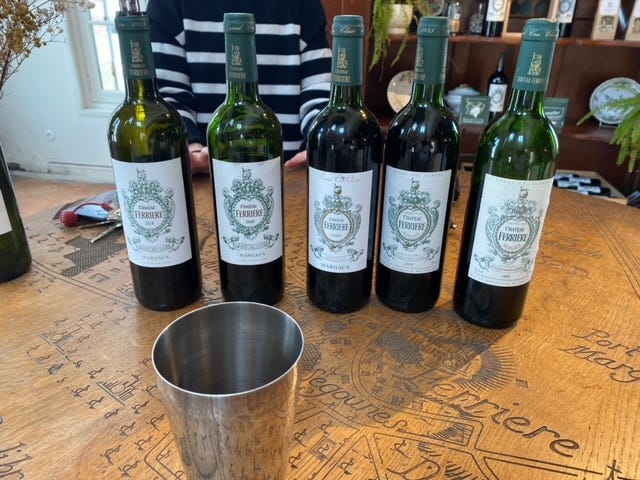
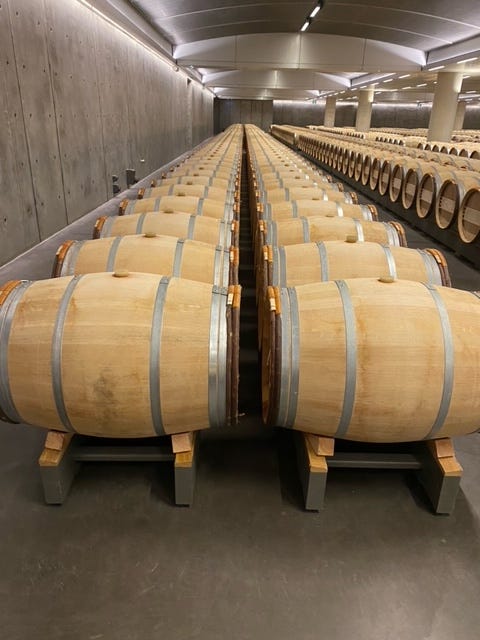
Quite a holiday!